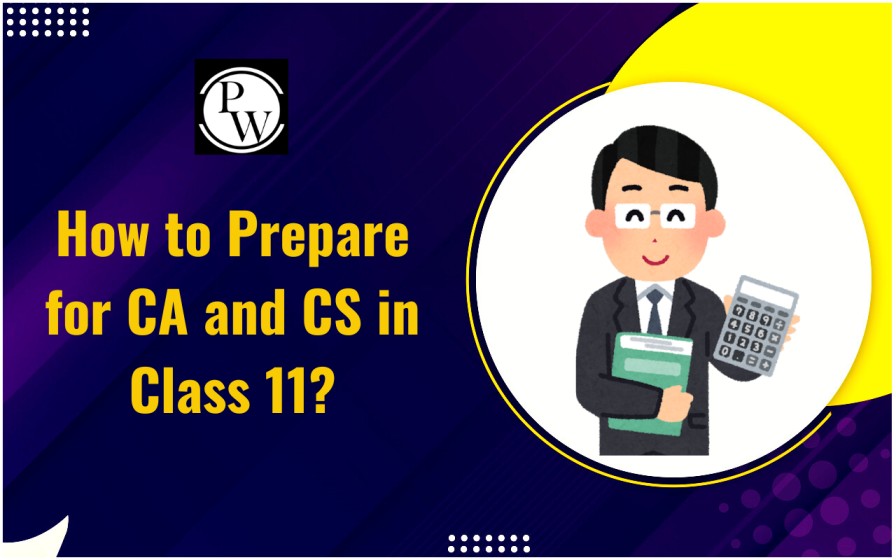

Non-current assets are long-term investments in a firm that has a useful life of more than one year. Noncurrent assets are difficult to convert to cash. They are vital for a company's long-term needs and include assets like land and heavy equipment.
Noncurrent assets are listed on the balance sheet at the cost of purchase, which underwent adjustment for depreciation and amortization and are susceptible to revaluation whenever the market price falls below the book price.
Non-Current Assets Meaning
Non-current assets, also referred to as long-term assets, are the assets that a firm owns and consumes for its activities over a protracted time, generally longer than a year. These assets are not designed for rapid sale or conversion into cash. Instead, they are vital for the business's long-term productivity and revenue development.
Types of Non-current Assets
Noncurrent assets are classified into many kinds. The following are the most typical categories seen in company financial statements:
Tangible Assets:
Tangible assets are usually physical assets or assets owned by a company, such as real estate or equipment. These are the most common asset types used by businesses to produce products and services. The initial purchase price of the property, plant, and equipment item minus all incurred depreciation. Depreciation is a non-cash notation that shows how the worth of an object decreases over time. Not all physical assets, however, are depreciated. Land, for example, appreciates in value yet is retained for a fee. These assets have a physical component and are registered in the name of an individual or a corporation. It contains the following:
- Land
- Property
- Building
- Machinery
- Equipment
- Plants
Intangible Assets:
Intangible assets are items with no physical existence but great economic worth. Intangible assets may be produced via patents, but they can also be formed through the sale or acquisition of business units. Intangible assets can be deterministic or uncertain. Brand awareness is an example of an intangible asset. As long as the company remains floating, this will continue. On the other hand, certain intangible assets have a short lifespan and are only retained by the company while the contract or agreement is in effect. They are as follows:
- Patent
- Goodwill
- Reputation
- Branding
- Copyright
- Trademark
Reporting of Non-current Assets
Non-current assets must be included on a balance sheet. Balance sheets may show important financial information such as an organization's net worth, capital quantity, and capital future.
A company's balance sheet may be divided into sections based on the kind of asset. Noncurrent assets may be reported on a balance sheet as long-term investments, intangible assets, or fixed assets. Noncurrent assets are often recorded when acquired rather than being charged as a cost.
Non-Current Assets Examples List
Tangible: These Non-current assets include property, plant, and equipment. These noncurrent assets include both physical and fixed assets and cannot be quickly converted into cash. This includes the following:
- Land, buildings, and so forth are examples of property.
- Plant-like manufacturing firms
- Tools and machinery
Intangible: These assets have no physical form and might consist of intellectual characteristics. It is classified as a non-current asset since it cannot be converted to cash within 12 months after purchase. Here are several examples:
- Copyright
- Patent
- Trademark
Calculation of Non-Current Assets
In determining the value of non-current assets, four essential factors are considered: the original value, depreciation, revaluation, and the potential disposal value of the assets in question.
To grasp the handling and placement of non-current assets in financial reporting, let's examine the following excerpt from a balance sheet:
| Category | Value (in units) |
| Current Assets | 3,40,85,5000 |
| Non-Current Assets | |
| Property, plant, and equipment (Gross) | 9,25,40,00,000 |
| Accumulated depreciation | -2,12,78,00,000 |
| Net Property, plant, and equipment | 7,12,62,00,000 |
| Goodwill | 3,45,20,00,000 |
| Intangible assets | 2,89,75,00,000 |
| Other long-term assets | 1,98,40,00,000 |
| Total Non-Current Assets | 14,45,97,00,000 |
Significance of Non-Current Assets
The following are the implications of non-current assets in a business:
- These assets are essential for carrying out a full financial analysis.
- Profits made by a certain firm during an accounting period may be simply determined using financial ratios and a rapid study of non-current assets.
- Prompt study of these assets also makes it easier to compare various firms.
- Such assets also allow company owners to analyze if the assets locked up in their enterprise are producing adequate money.
All of this information is useful to a firm's management and allows them to better plan their investment in company assets.
Current Assets Vs Non-Current Assets
The table provided below summarizes the key differences between current assets and noncurrent assets:
| Aspect | Current Assets | Non-Current Assets |
| Nature | Short-term assets meant to be converted into cash or used up within one year. | Long-term assets held for more than one accounting period, not meant for immediate sale. |
| Examples | Cash, accounts receivable, inventory. | Property, plant, equipment, intangible assets. |
| Liquidity | Highly liquid, readily convertible to cash. | Less liquid, takes time to convert into cash. |
| Purpose | Used for day-to-day operational expenses and short-term obligations. | Essential for long-term business operations, supporting growth and productivity. |
| Time Horizon | Within one year or the operating cycle, whichever is longer. | More than one year, extending over several accounting periods. |
| Reporting | Reported on the balance sheet as a separate category before noncurrent assets. | Listed on the balance sheet below current assets. |
Non-Current Assets FAQs
What is a Financial Ratio?
Define Revenue Recognition.
What is a Trial Balance?
What is GAAP?
What is EBITDA?












